According to the artifacts collected in the recent excavation drives around Van Mieu (Temple of Literature) in Hanoi, the special architecture features of Khue Van Cac is belonged to the …
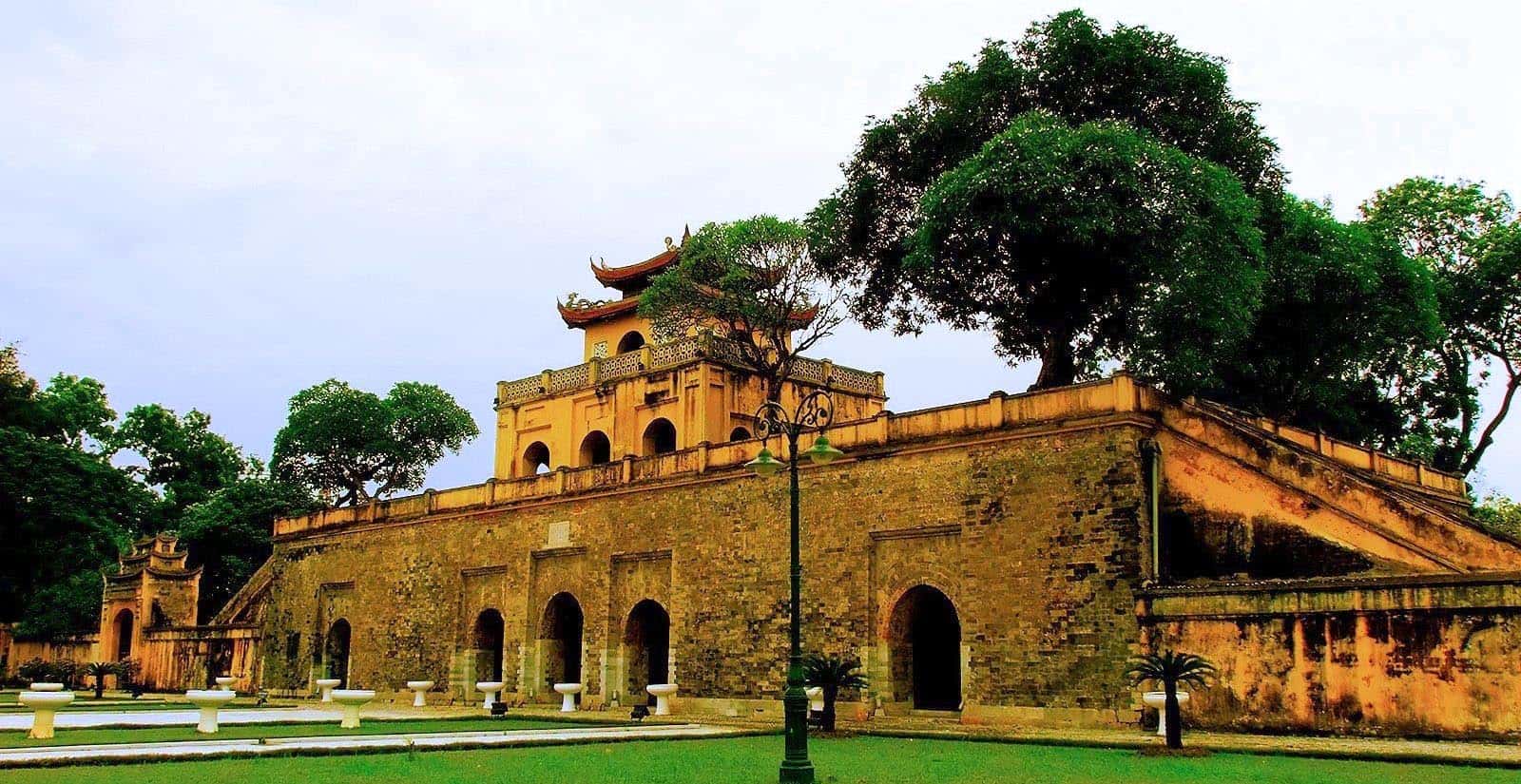
Location : Đoan Môn (main gate): 19 Hoàng Diệu, Quận Ba Đình, Hà Nội, Việt Nam
Opening hours: 8am-11.30am, 2pm-4.30pm daily
Little now remains of the former royal citadel of Thăng Long (Hà Nội). A citadel existed at the site – originally known as Đại La – from at least the 7th century, but not until the 11th century did it become the capital of the Việt. In 1010 Lý Thái Tổ, the founder of the Lý dynasty, removed the court from Hoa Lư in present-day Ninh Bình Province to Đại La, which was subsequently expanded and renamed Thăng Long Citadel. It was to remain the royal capital until 1802, when Nguyễn Ánh took the throne as King Gia Long (1802-1819), transferring the royal seat of government to Huế, downgrading Thăng Long to the status of a provincial capital and changing its name to Thăng Tinh, removing the word ‘Long’, which was regarded as a royal symbol.
In 1805 the ancient northern citadel was rebuilt according to Vauban principles, on a smaller scale than before, with five gates, none of which faced south. In 1831 Gia Long’s son Minh Mạng (1820-1840) once more changed the name of the city, this time to Hà Nội (‘city within two rivers’) and in 1848 Tự Đức (1847-1883) further reduced its importance by ordering the destruction of most of its royal palaces and the removal of many articles of value to Huế. Following the colonial conquest, the French symbolically took over the citadel, destroying most of the remaining buildings and replacing them with military barracks and depots. Thereafter it served as the headquarters of the People’s Army (and latterly of the Ministry of Defence) until 2004, but in that year the Ministry of Defence began transferring the entire 49,135 square kilometre site to the Hà Nội People’s Committee with a view to permitting necessary archaeological work and finally opening up most of the citadel to the public as a tourist attraction before the Hà Nội 1,000 celebrations in 2010. Responsibility for managing the site as a visitor attraction has since been passed to the Hà Nội Service of Culture and Information.
At the time of writing visitors entering through the Đoan Môn (main gate) can tour the Điện Kính Thiên (Kính Thiên Palace), the ‘D67’ war room and underground bunker of General Võ Nguyên Giáp and a number of other areas of the old citadel – with the exception of the Điện Hậu Lâu (Princess’s Palace) and the Bắc Môn (north gate), which have their own separate entrances (see addresses above). The citadel flag tower (Cột cờ Hà Nội) can be viewed when visiting the nearby Việt Nam Military History Museum.
In 2003 work to lay the foundations of a new National Assembly building at a 21,400 square metre site to the west of the 18th century citadel perimeter was halted when excavations led to the largest and most spectacular archaeological find in Việt Nam’s history – foundations of ancient royal palaces, including one structure 1,000 square metres in size, a drainage system, wells and traces of an ancient river and lake, plus tens of thousands of artifacts, many dating back to the first millennium CE and most in an excellent state of preservation. Given the significance of this find, it was quickly decided to relocate the new National Assembly of Việt Nam building to an alternative site near the Mỹ Đình National Stadium. An exhibition of many of the most important artefacts uncovered at the site was subsequently toured around the country and many of these artefacts are now on view in the restored Điện Kính Thiên (Kính Thiên Palace). Since that time the Ministry of Culture, Sports and Tourism has sought UNESCO World Heritage Site status for the entire citadel site.
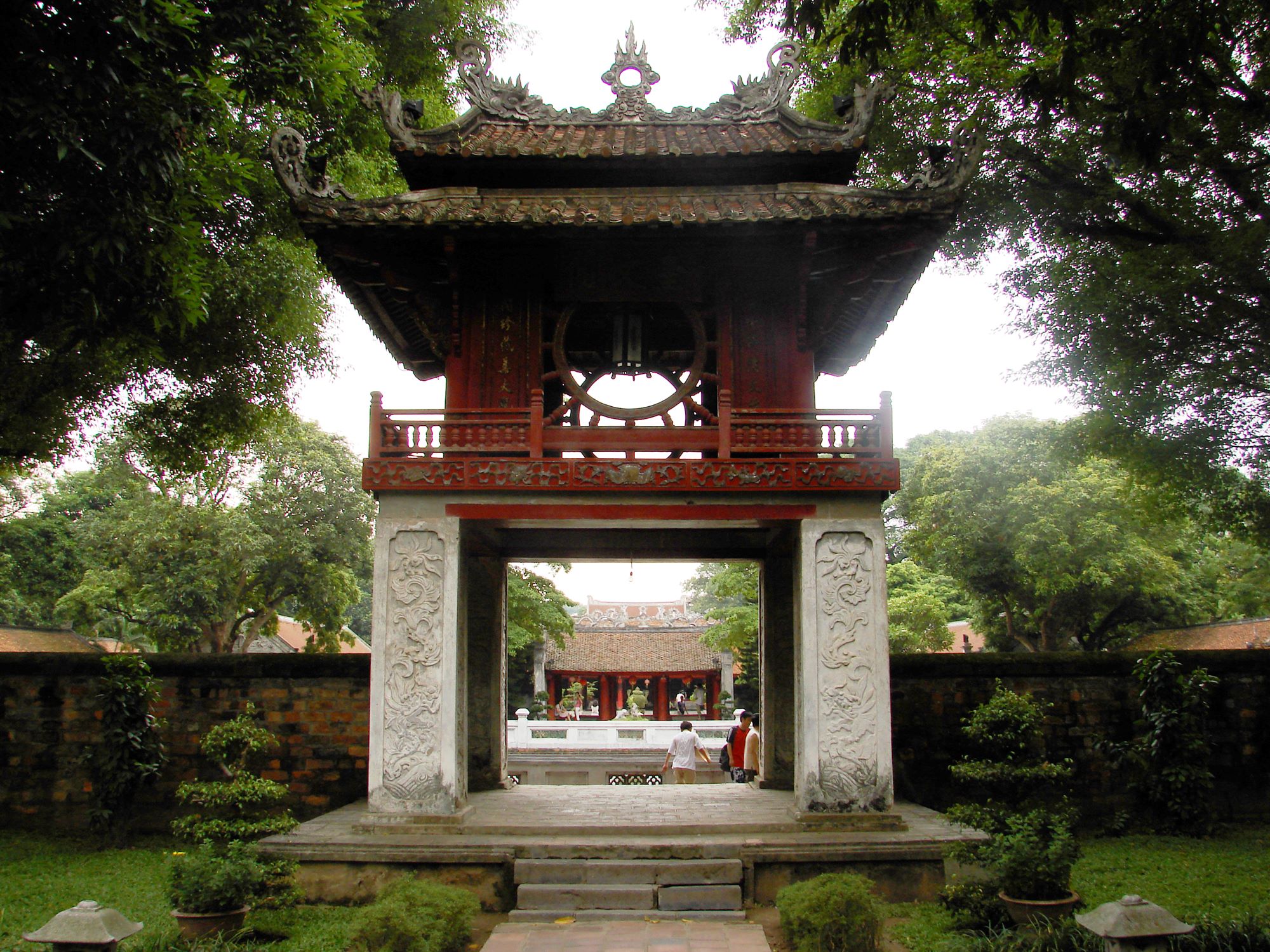
According to the artifacts collected in the recent excavation drives around Van Mieu (Temple of Literature) in Hanoi, the special architecture features of Khue Van Cac is belonged to the …
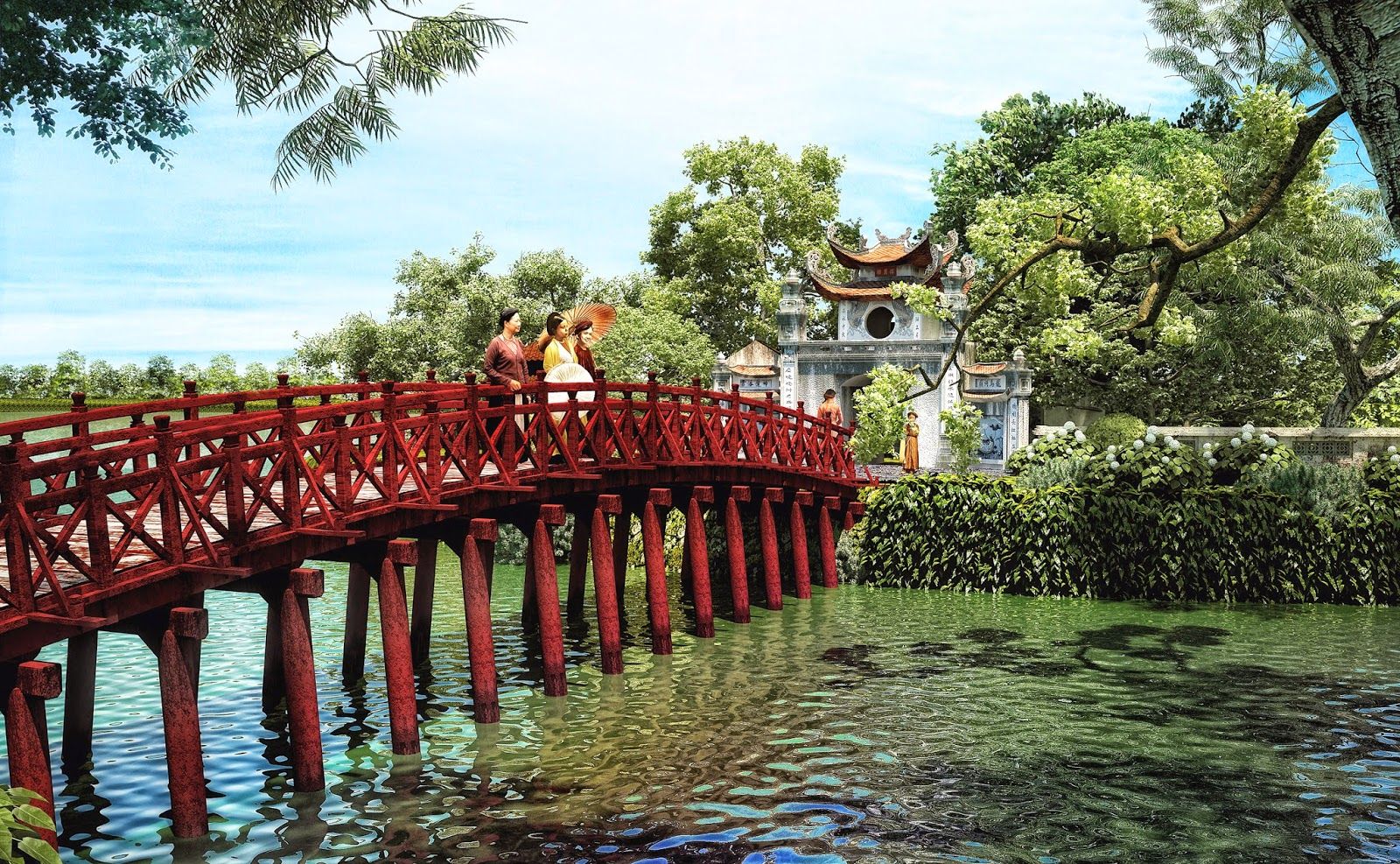
The Huc Bridge is a beautiful construction built to connect the Ngoc Son Temple located in the heart of Hoan Kiem Lake and the lake bank. Being an indispensable part …
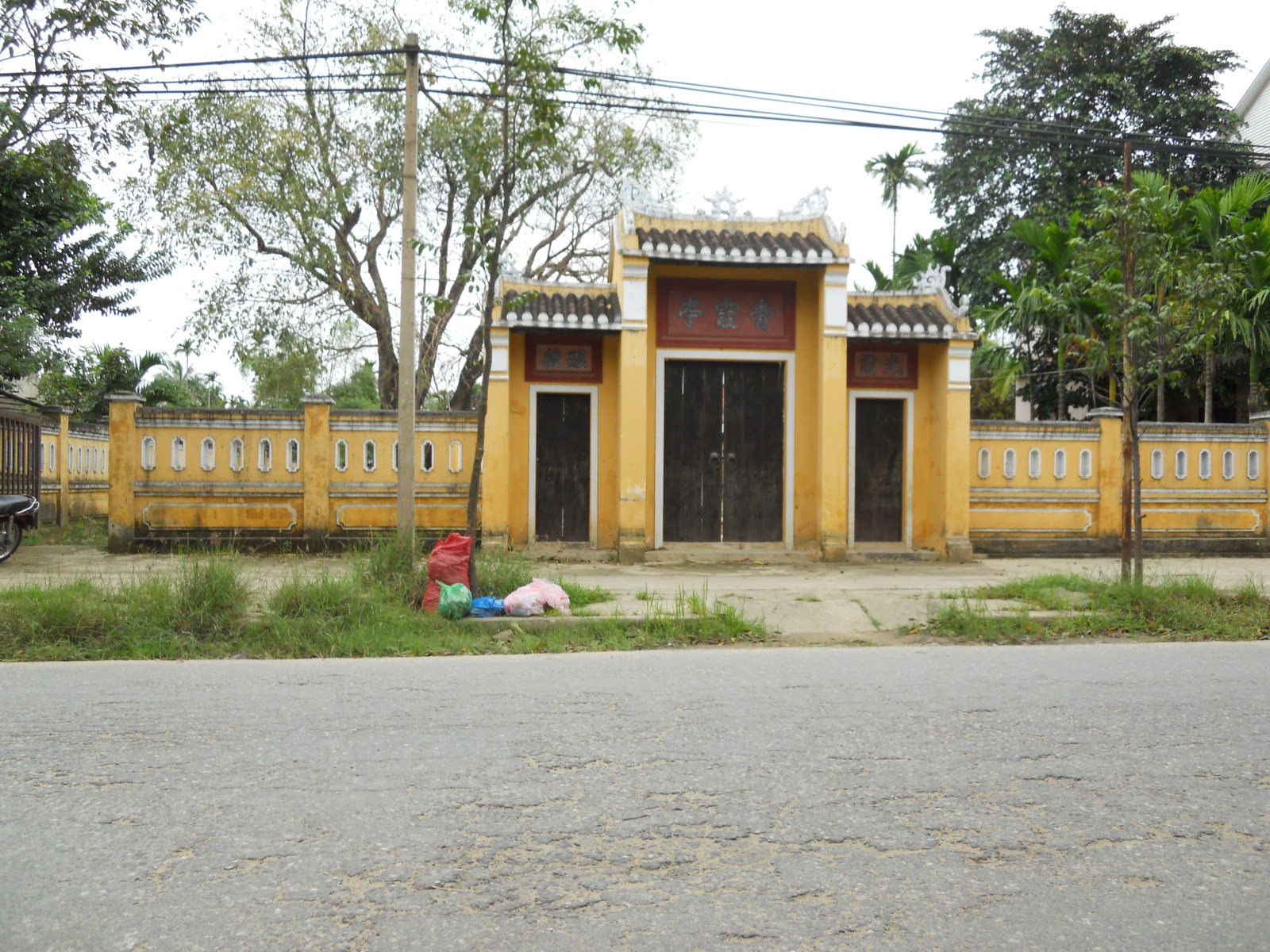
Located at No.10 Ngo Gach, Dong Xuan Ward in Hoan Kiem District of Hanoi, Thanh Ha Communal House was seen as the oldest extant stele in Hanoi. Built in 1430, …
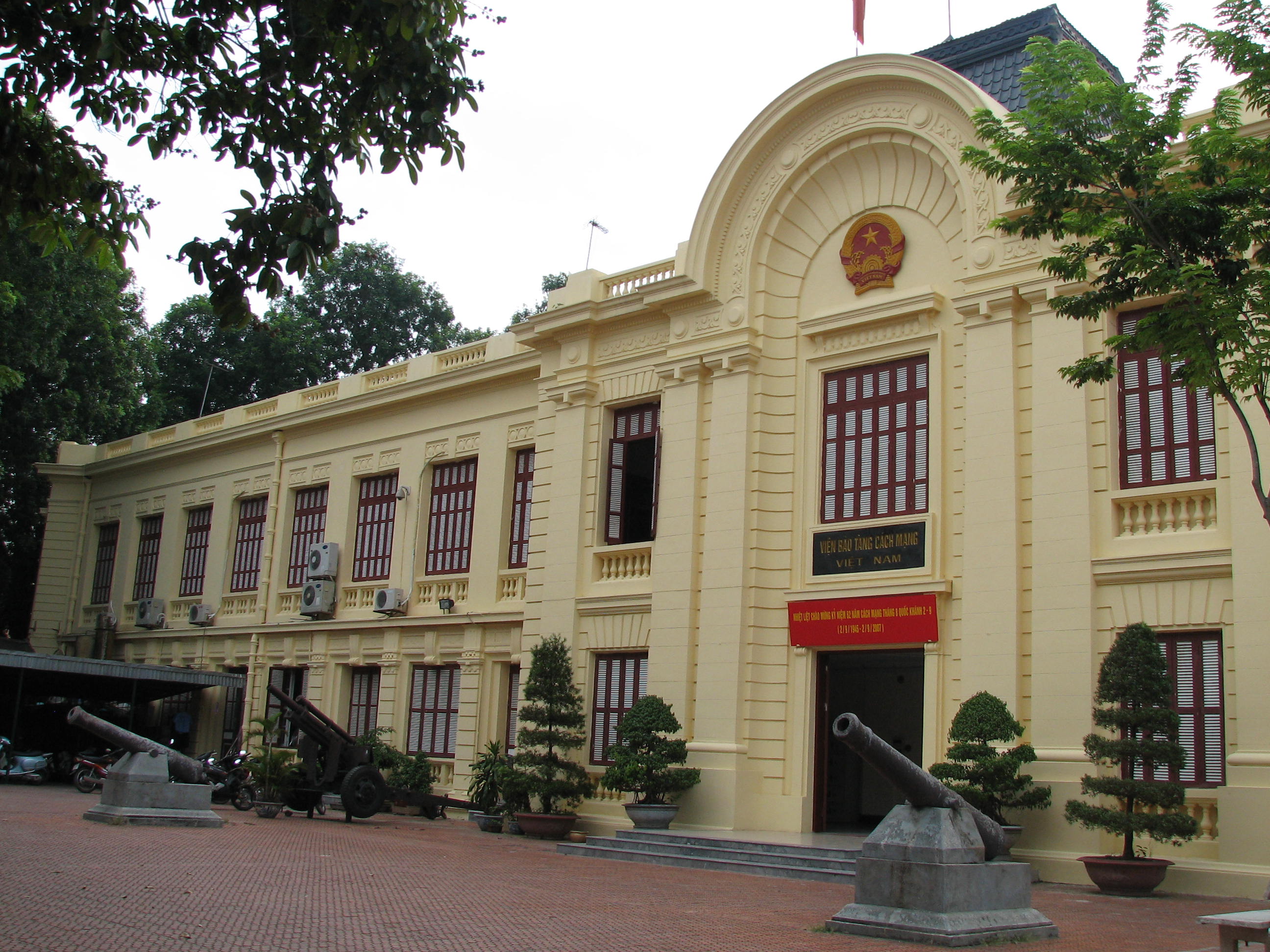
The Revolution Museum was established in August 1959. Originally, this museum consists of two floors and is a used building which was the former headquarters of the Trade Department. After …
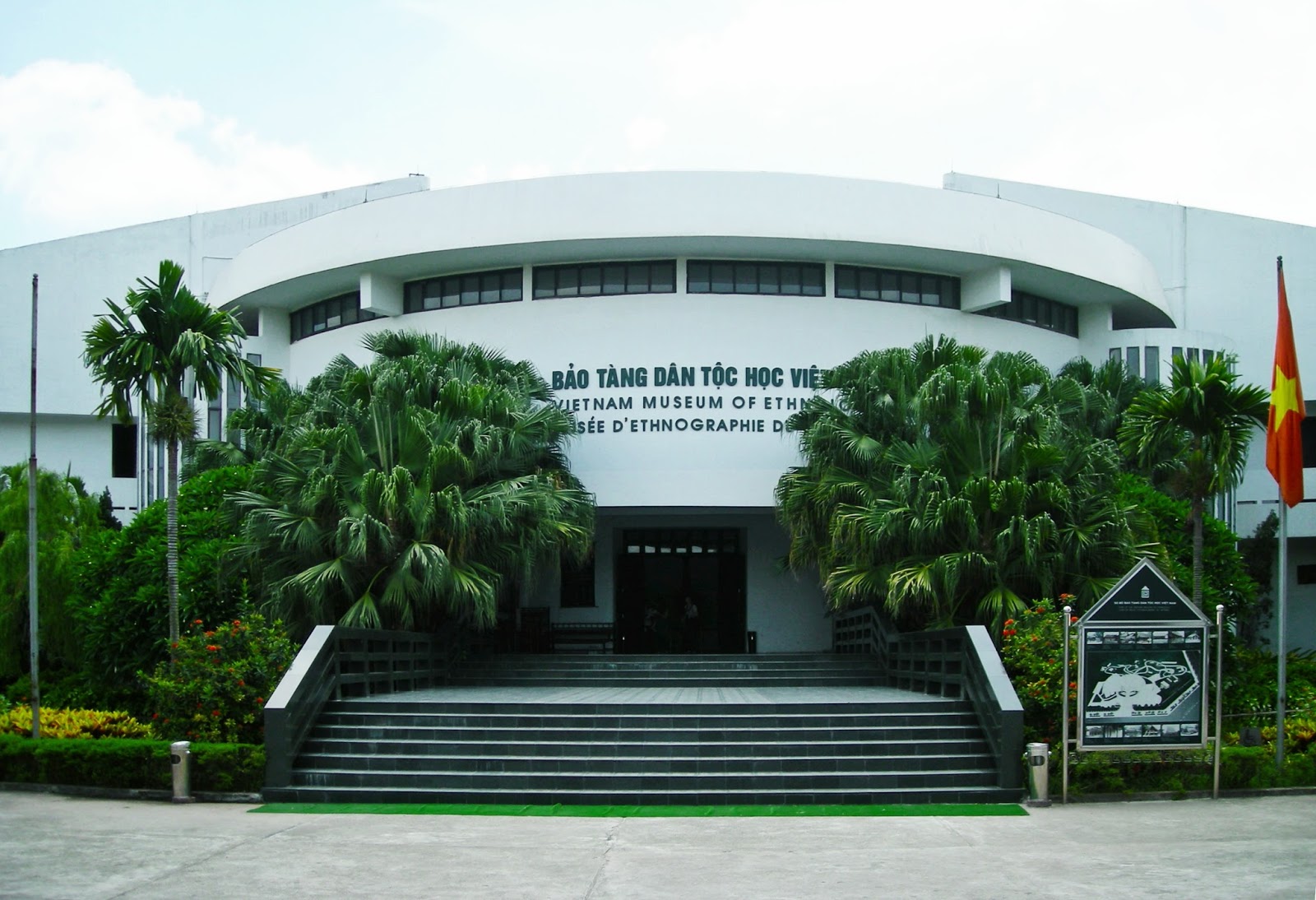
Location: Vietnam Museum of Ethnology is located on Nguyen Van Huyen Street, Cau Giay District, Hanoi. Characteristic: this museum is displaying about more than 10,000 objects, 15,000 black and white …
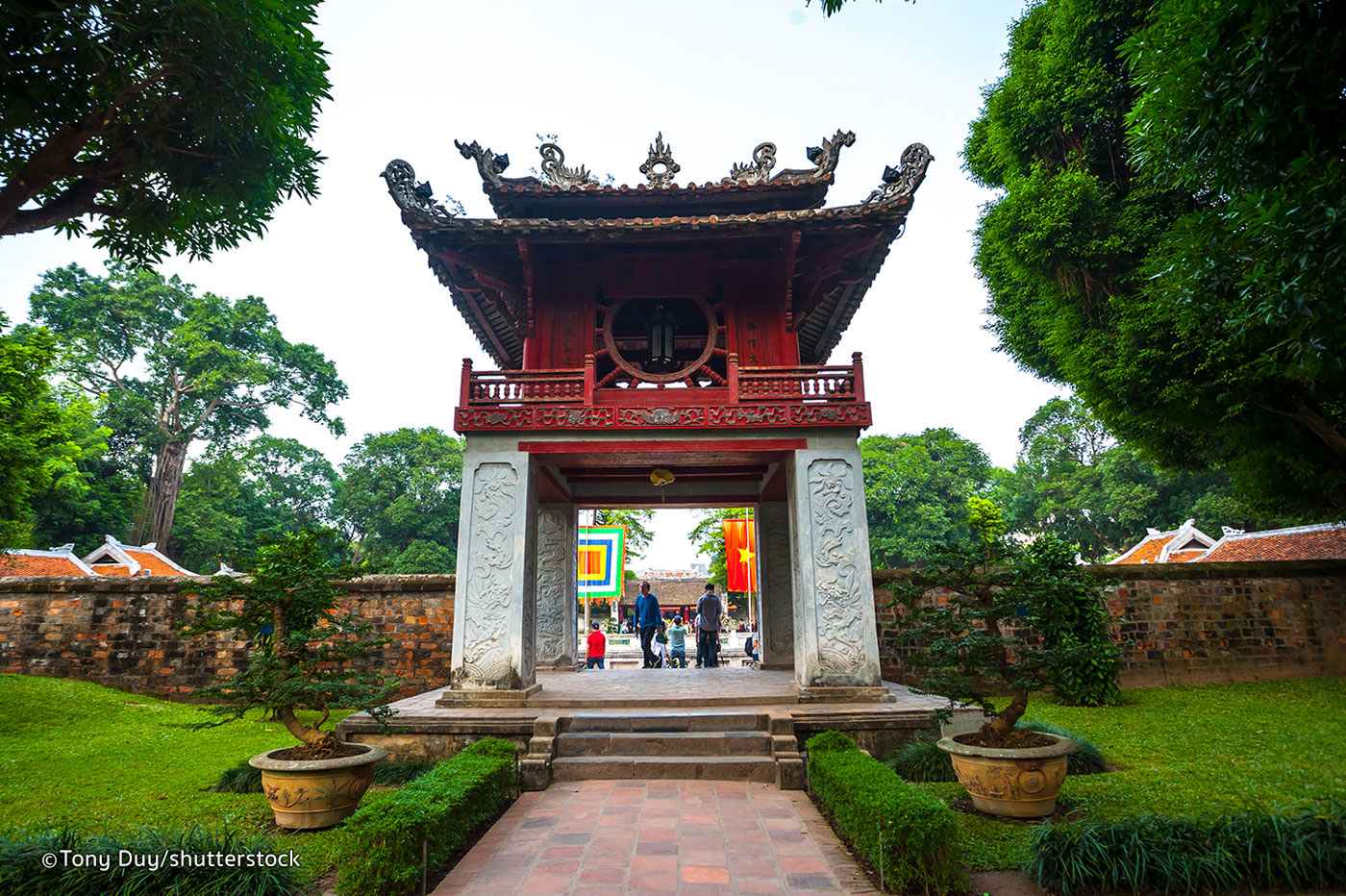
Location : Văn miếu-Quốc tử giám, Văn Miếu, Quận Ba Đình, Hà Nội, Việt Nam Opening hours: 8am-5pm daily Hà Nội’s largest and most important temple complex was founded in …
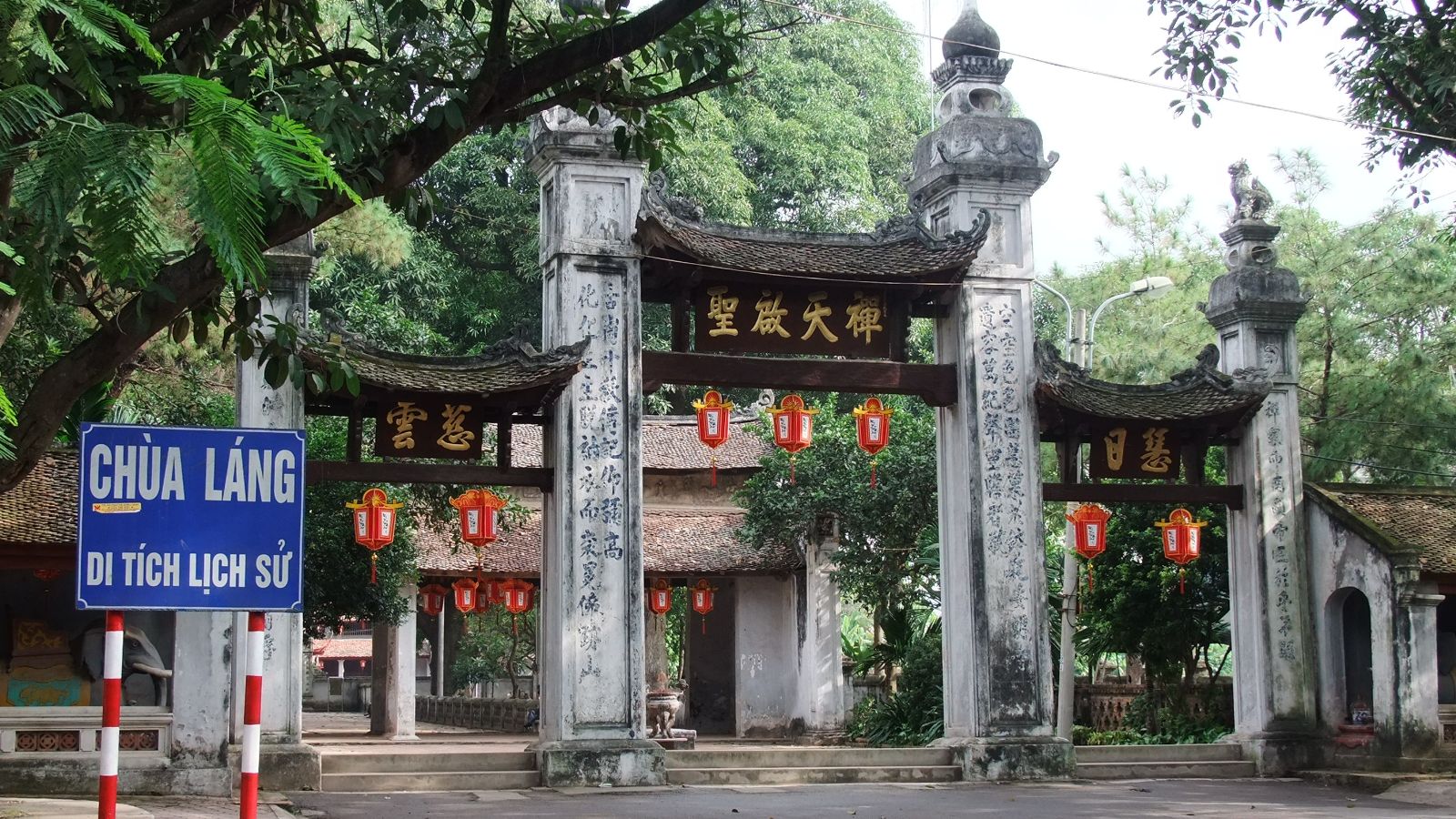
Location : Đường Láng, Quận Đống Đa, Hà Nội, Việt Nam Opening hours: 6am-5pm daily Lang (chieu Thien) Pagoda was built during the reign of King Ly Anh Tong (1148 …
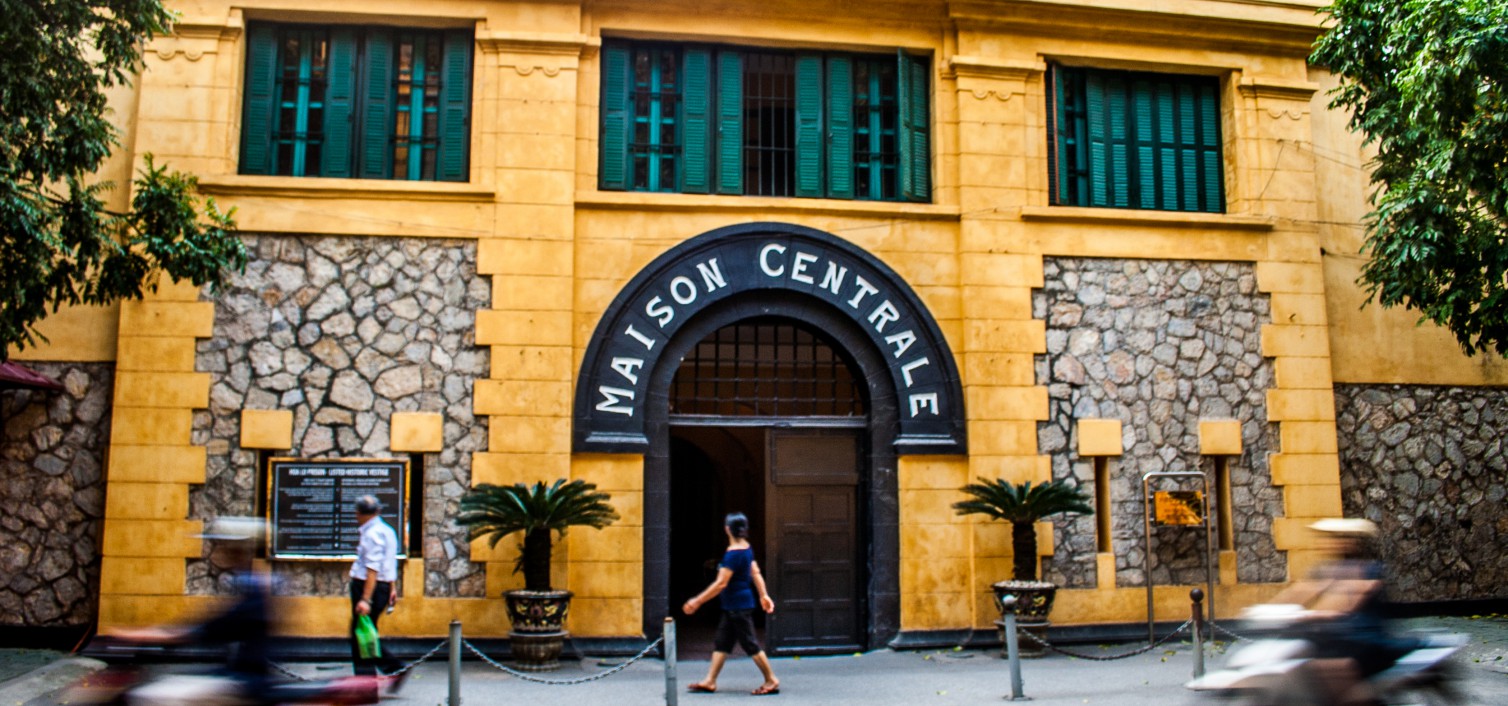
Location : 1 Hỏa Lò, Quận Hoàn Kiếm, Hà Nội, Việt Nam Opening hours: 8am-11.30am, 1.30pm-4.30pm Tue-Sun, closed Mon Established by the French colonial government in 1896, Hoa Lo Prison …
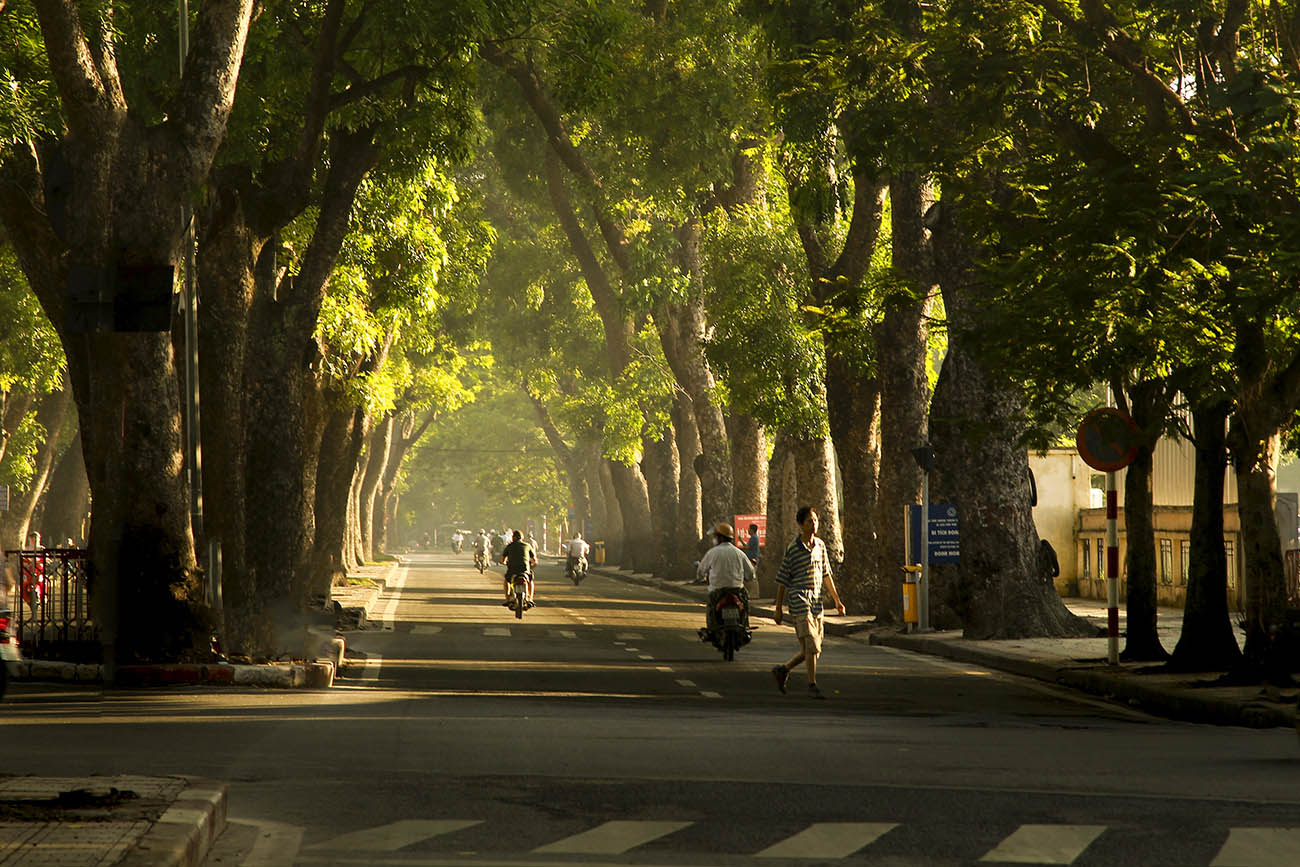
Location : Quận Hoàn Kiếm, Hà Nội, Việt Nam With the large area of 100 hectares, the Old Quarter in Hanoi has a very long history of thousand years of …

